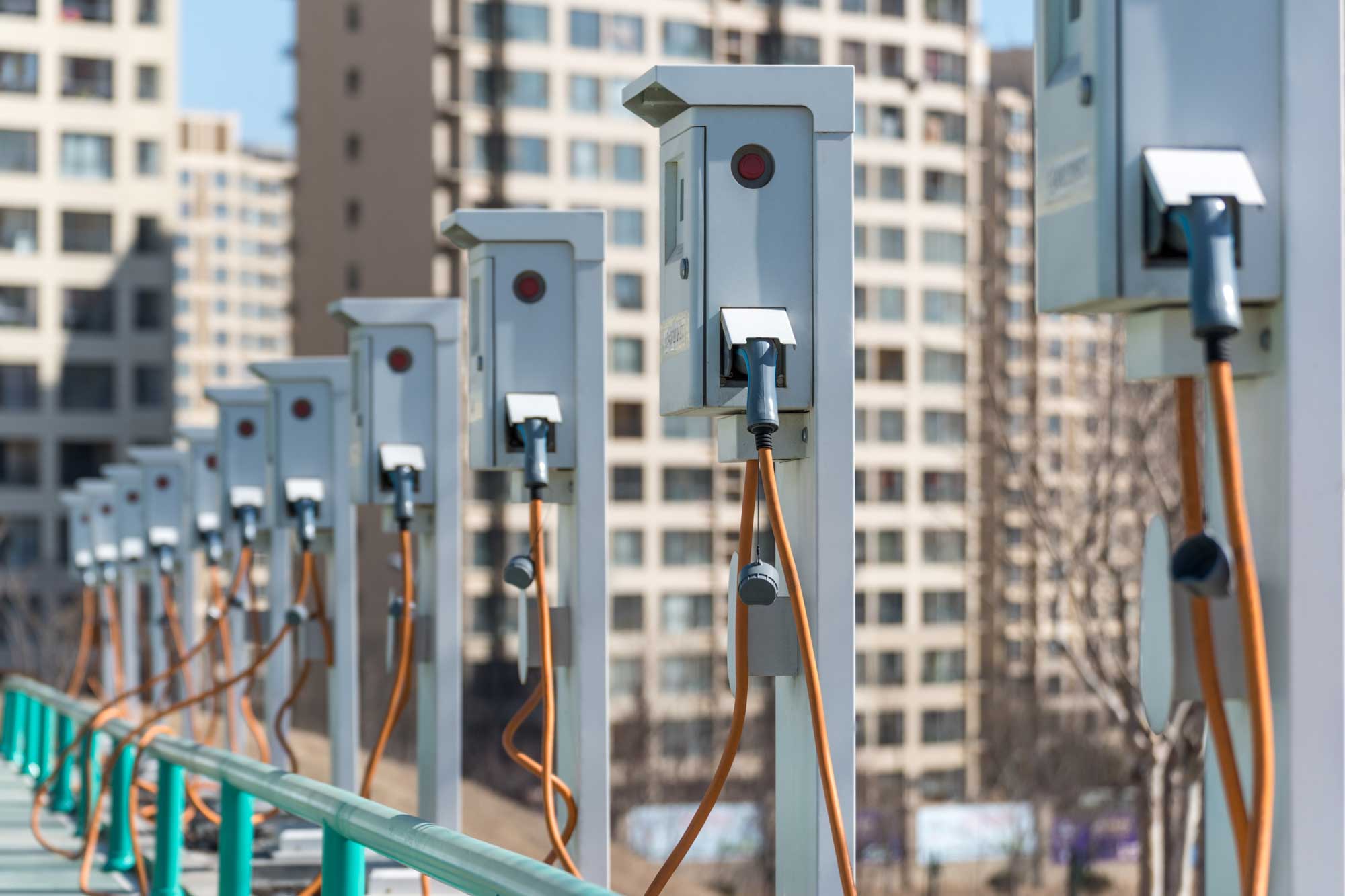Charging Your EV at Work: Everything You Need to Know
How to score the juice your electric car needs to get you back home.
 Getty Images
Getty Images
Buying an electric car can come with some logistical challenges. Chief among them is figuring out when, where, and how to charge the electric vehicle (EV). Charging at work can help reduce the potential for range-related stress, but you'll need access to a viable charging station to do the job. Here are some guidelines for charging your EV while at work.
Find Somewhere to Plug In
The first step to charging is finding somewhere to plug in. This generally means a permanent Level 1 or Level 2 charging station if you're fortunate enough to have one available where you work.
If your office doesn't have charging stations available, there might be public charging options nearby. While they could be less convenient, especially in inclement weather, they are nonetheless options to consider for the occasional recharge.
If you need a daily solution, your office might allow you to plug in a portable Level 1 charging unit in the company parking lot or garage. If you have access to similar amenities at home, this could be another location for regular charging. Keep in mind that household extension cables are a potential hazard, as they can heat up and cause issues with charging equipment. If an outlet is beyond the reach of your vehicle, look into a J1772 extension cable, which attaches between the charge cord and the vehicle (rather than the three-prong plug and the outlet).
Use Fast Chargers Only in a Pinch
DC fast-charging is great for road trips when you want to regain lots of range in a short amount of time, but it has some drawbacks. Public fast chargers come with a higher cost per kilowatt-hour than Level 1 and Level 2 charging and, more importantly, fast-charging accelerates battery degradation.
Share the Wealth
If you happen to have access to a charging station at or near work, there is EV-community etiquette to keep in mind. Your EV likely doesn't require the whole workday to juice up. This may mean going out around lunchtime to relinquish your parking spot by the outlet or charging station.
Others needing a top up may even park next to you and leave their vehicle's charge door open — a signal that they'd like you to transfer the plug to their car when you're done. This arrangement works only if the public charger is free; otherwise, the other EV driver will need to initiate and pay for their own charging session.
Written by humans.
Edited by humans.
 David Gluckman
David GluckmanDavid Gluckman has over a decade of experience as a writer and editor for print and digital automotive publications. He can parallel park a school bus, has a spreadsheet listing every vehicle he’s ever tested, and once drove a Lincoln Town Car 63 mph in reverse. When David’s not searching for the perfect used car, you can find him sampling the latest gimmicky foodstuffs that America has to offer.
Related articles
View more related articles